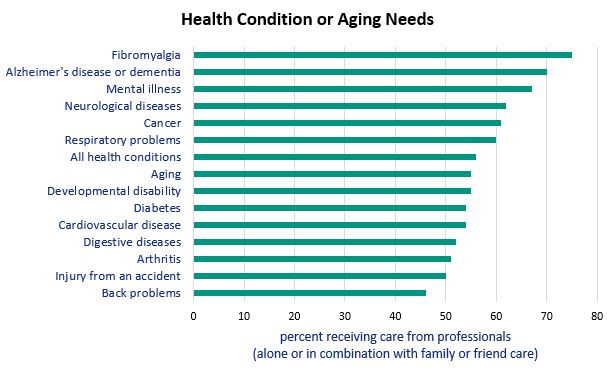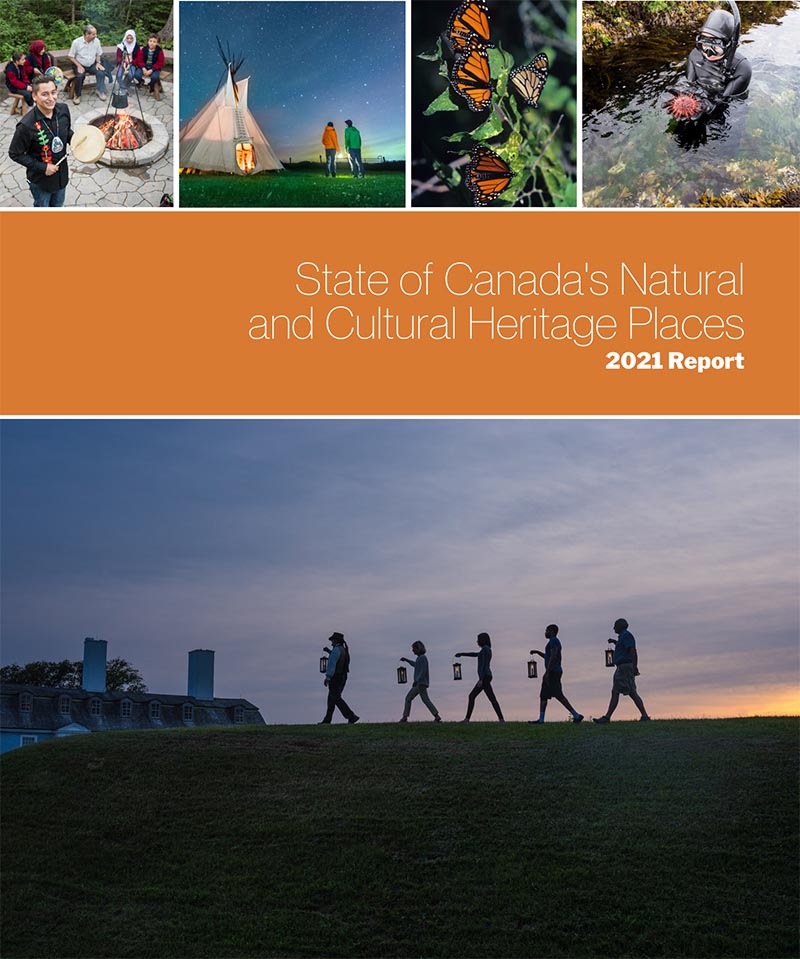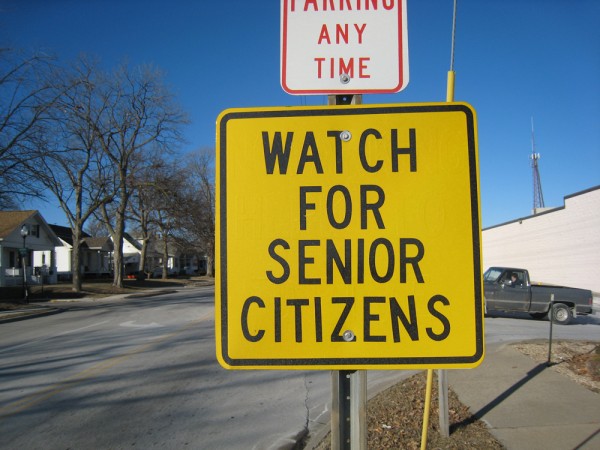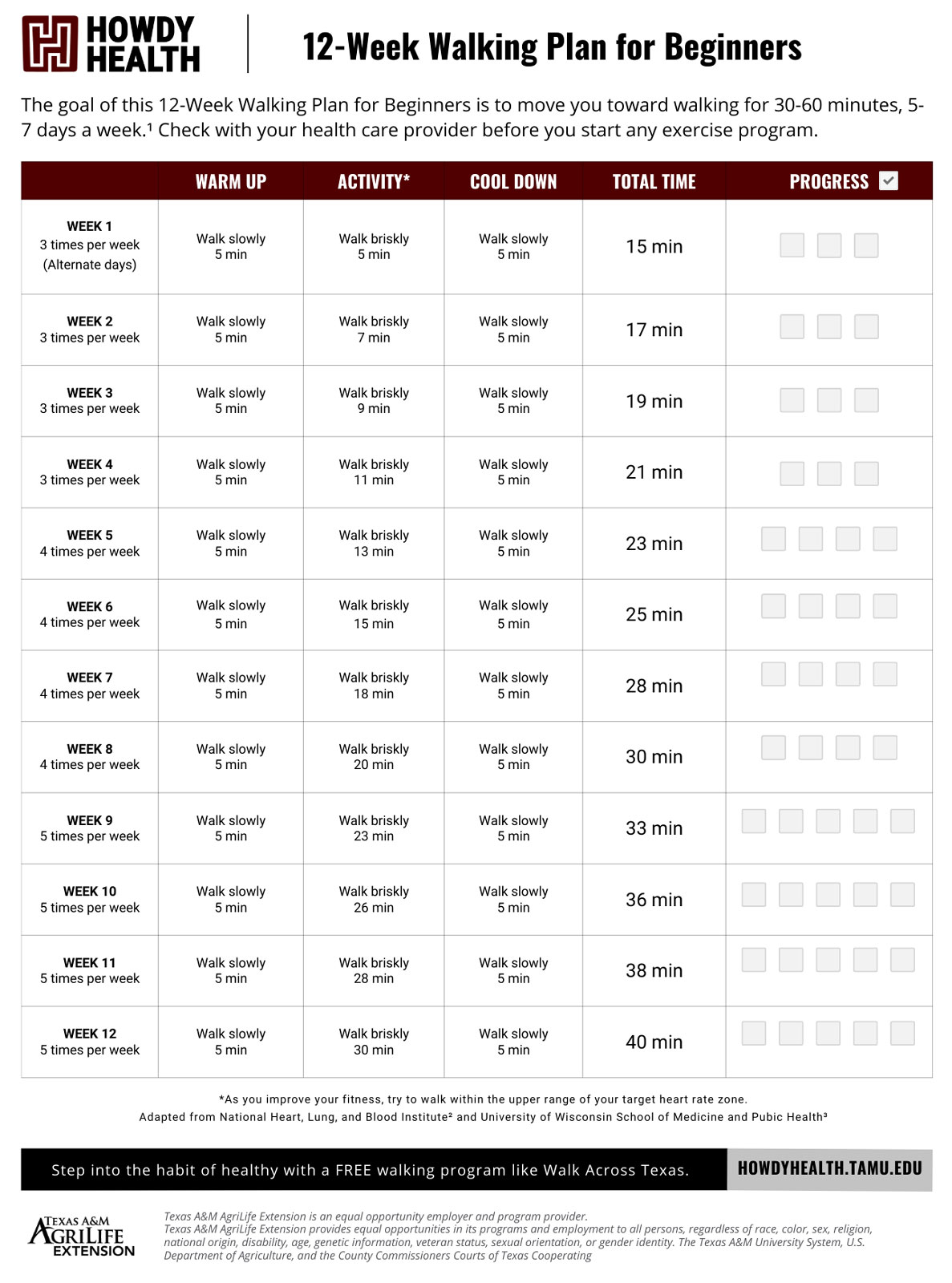PDF] The Canadian Centre for Activity and Aging's Home Support

The older homebound adult is more likely to live alone, have mobility limitations, experience incontinence problems, and be considered at high risk for falling and fear of falling, as well as more likelyto receive home support services. “Homeboundness” is defined as never or almost never leaving one’s home except for emergencies, not going beyond one’s door without assistance, or going out of one’s home less than once a month, and it is estimated to affect as much as 50% of the population who are 85+ years old. 1 The older homebound adult is more likely to live alone, have mobility limitations, experience incontinence problems, and be considered at high risk for falling and fear of falling, as well as more likely to receive home support services. 2 Frail seniors living at home are particularly difficult to reach and are at high risk for loss of functional independence and for institutionalization. 3

Home Care Services and In-Home Assistance for Seniors

National Plans

Seniors in Transition: Exploring Pathways Across the Care

Home Care Analysis – Facts and Figures (Stats Can – Edited)

CMPA - The aging physician: Maintaining competence and practising

State of Canada's natural and cultural heritage places, 2021

Active Living For Aging Adults

Active Living For Aging Adults

Chapter 13. Aging and the Elderly – Introduction to Sociology







